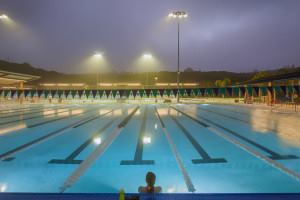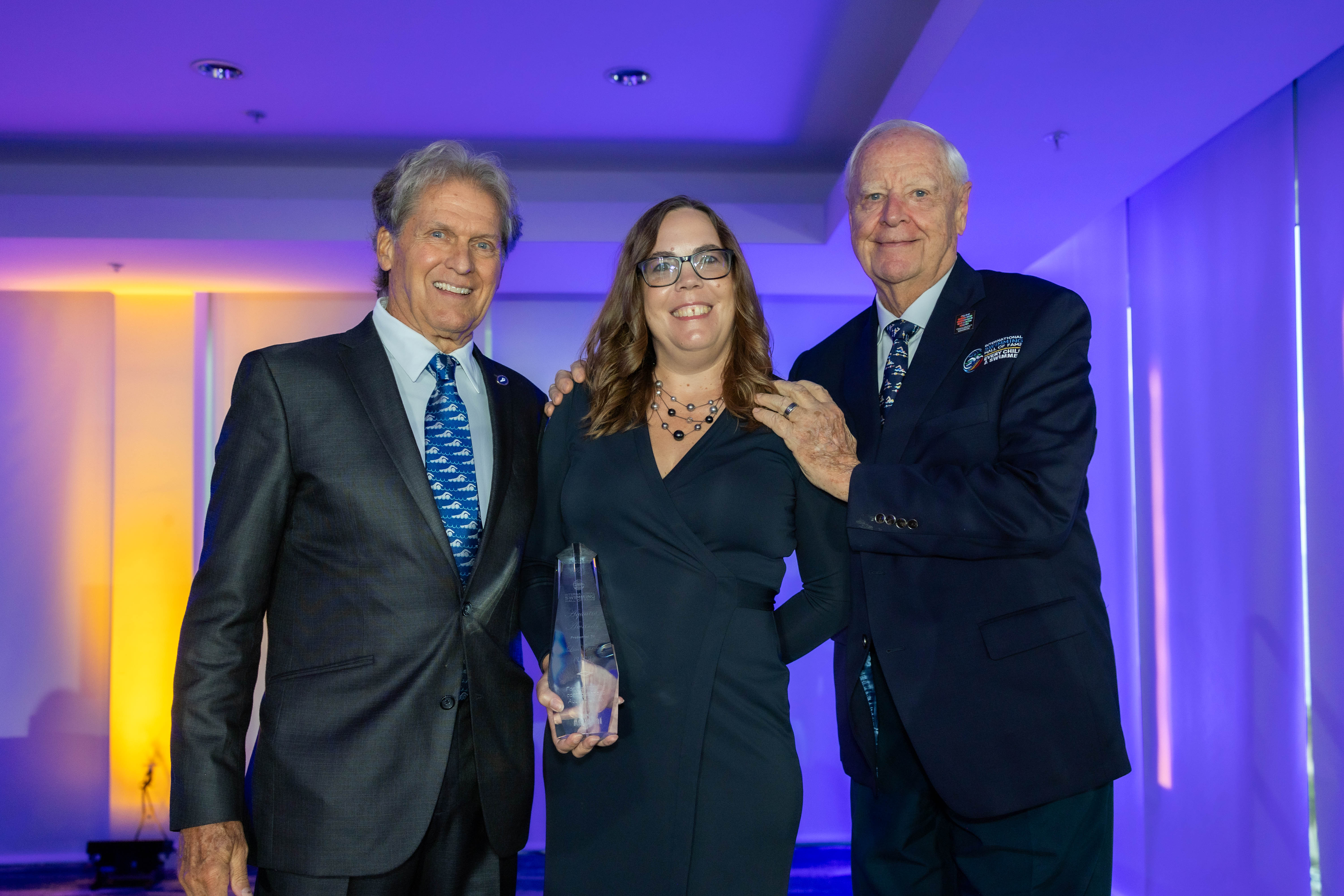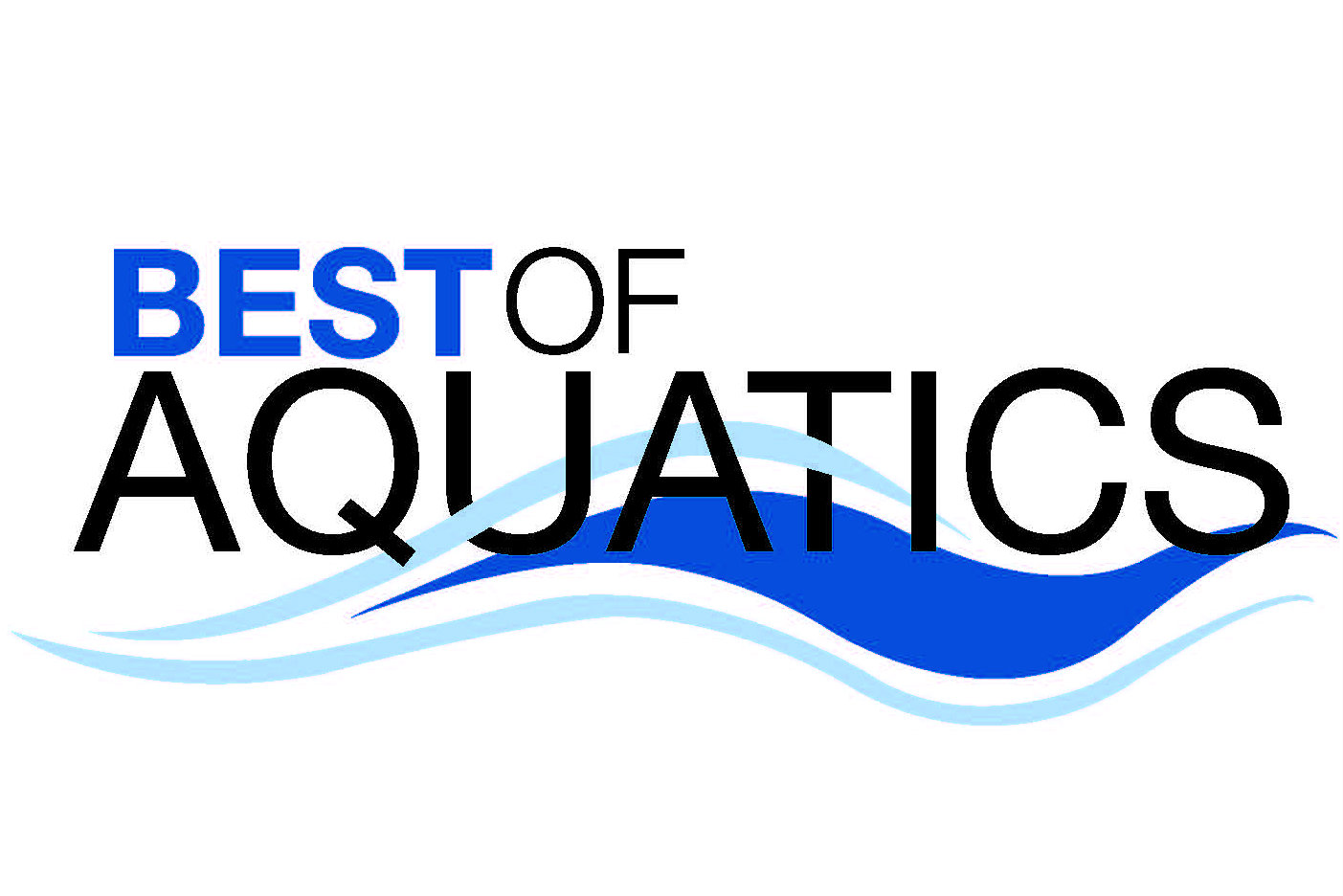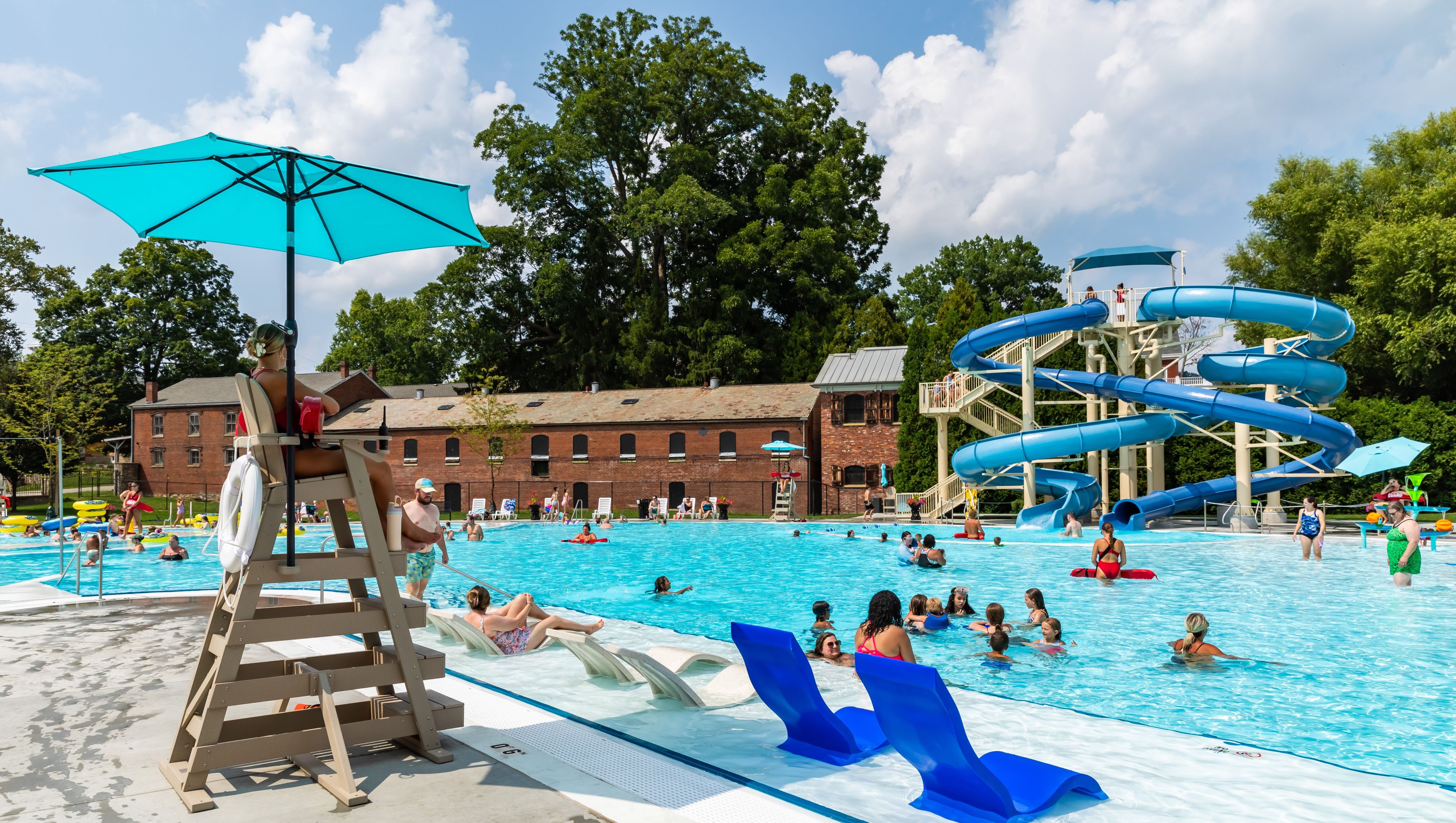Goals and challenges
The city of Carlsbad, Calif. recognized a gap in its recreational facilities, particularly when it came to aquatics. To address this need, the city council sought to develop a park program based on the values of its residents, which included an emphasis on environmentally sustainable practices and a reduction of energy demand.
The end result is the 32-acre Alga Norte Community Park, with ball fields, basketball courts, picnic areas, accessible playgrounds, an off-leash dog park, and skate park. At its heart is a state-of-the-art aquatics center that features a 56-meter competition pool with spectator bleachers; a 25-yard, 12-lane instruction pool; a small warm-water therapeutic spa; and a splashpad for families with young children.
But the road getting there wasn’t easy. In fact, it took nearly 14 years. Due to the recession and budget cuts, the project sat untouched for several years. But with more than a decade of community support and involvement behind it, the property sits as the crown jewel of the city’s park system and stands as a testament to sustainability.
How they did it
Alga Norte Community Park came to be through a design-build process that included landscape architectural firm Wimmer Yamada and Caughey, the Parks and Recreation team, and the Carlsbad community. City staff assumed the managing role. The team conducted weekly meetings to communicate money-saving techniques and collaborated on a variety of sustainable ideas, including bio-swales, solar heated pools and water-wise landscaping. The outcome is a diverse, eco-friendly active recreational area for every age, interest and ability. City officials plan on recovering 99 percent of the park’s approximately $1.2 million annual operations and maintenance costs with pool fees and facility rentals by its second year of operation.
Planners with City of Carlsbad Parks & Recreation and Property & Environmental departments estimate that they have reduced future electrical demand at the park by 30 percent. Several Earth-friendly materials-handling measures were taken. The team purchased insulation, ceiling tiles, furniture, synthetic turf and concrete containing recycled contents. When feasible, materials were purchased from sources within 500 miles of the site, to reduce fuel consumption and greenhouse gas emissions. And by recycling all concrete, steel, plastic, wood and other materials, 70 percent of normal construction waste was diverted from local landfills.
The team also specified as many sustainable features as possible, including:
• A solar thermal energy system that preheats water going to the pool heaters.
• High-efficiency pool pump motors.
• Ultraviolet lighting in instructional pools.
• Low-flow toilet fixtures and showerheads.
• Energy management systems that continuously monitor and track electricity consumption.
• “Low-e glazing,” which consists of double-pane windows that conserve energy and filter out harmful ultraviolet rays and glare.
• Automated monitoring stations on each pool to adjust the chemistry, which saves on chemicals.
• Followed best practices, such as sealing all ductwork at the factory, to reduce indoor air contamination.
• Installed a tot lot surface consisting of shredded recycled tires that would otherwise have gone to a landfill.
• Bioswales, placed on the park perimeter, that filter and cleanse surface water running off the parking lot.
• Tubular solar lights in all buildings.
• LED fixtures in the pool, parking lot, building exteriors and along walkways.
• Musco Green lighting for the sports fields, to consume less than half the energy of regular sports lighting.
• Overall intelligent design exceeding code requirements and including high-efficiency heating, ventilation and air-conditioning systems.
• Energy Star-rated appliances and concession equipment.
• Use of recycled water for irrigation, except in the pool area.
• Synthetic turf coverings on two of the three ball fields, saving irrigation water.
• Nearly 350 drought-friendly native and adaptive plants, all contributing to lowering greenhouse gases.
Highlights
-The city fought to build the park, and completed the project after nearly 14 years.
-The state-of-the-art aquatics center features a 56-meter competition pool with spectator bleachers; a 25-yard, 12-lane instruction pool; a small warm-water therapeutic spa; and a spray ground for families with young children.
-70 percent of normal construction waste was diverted from local landfills.



